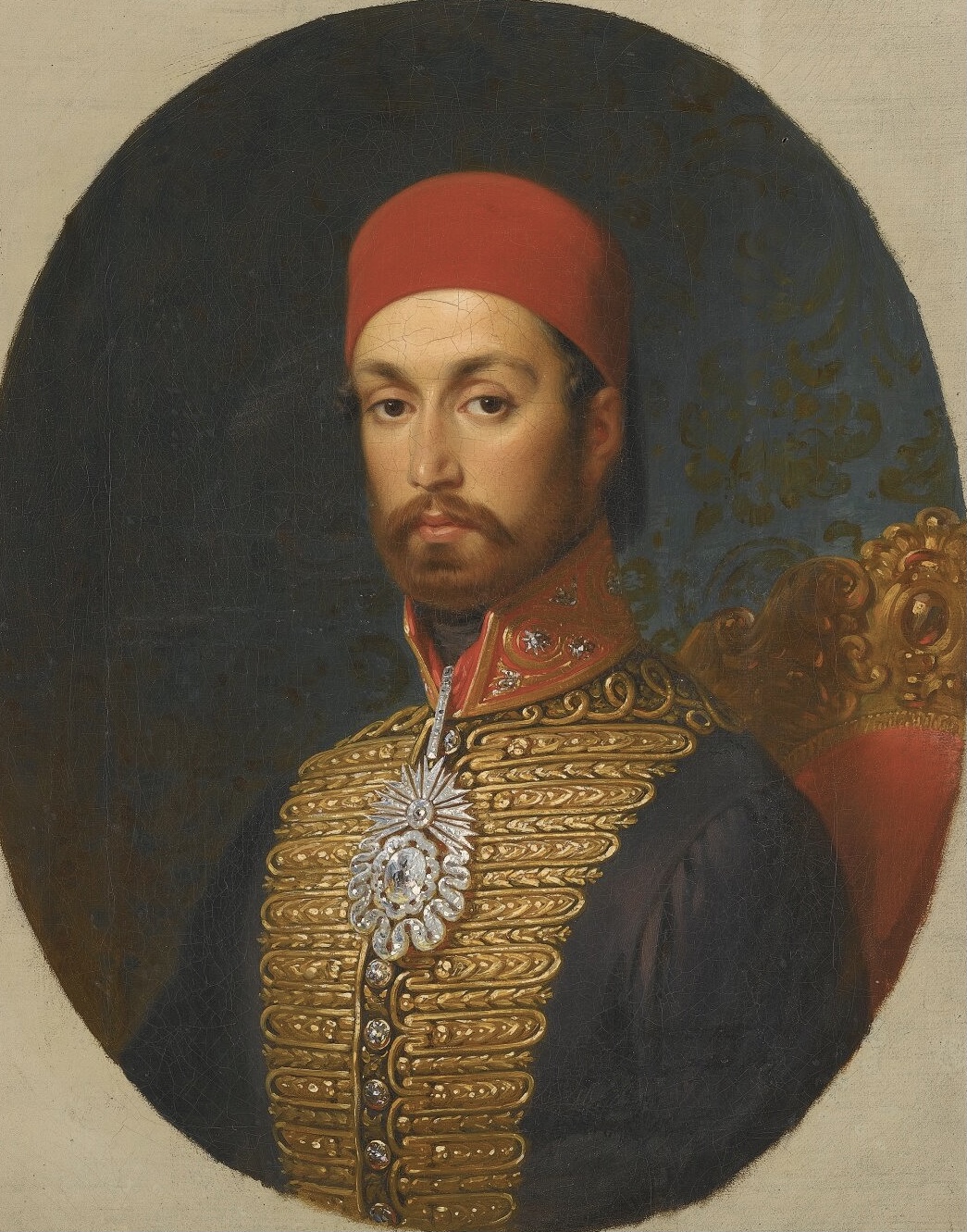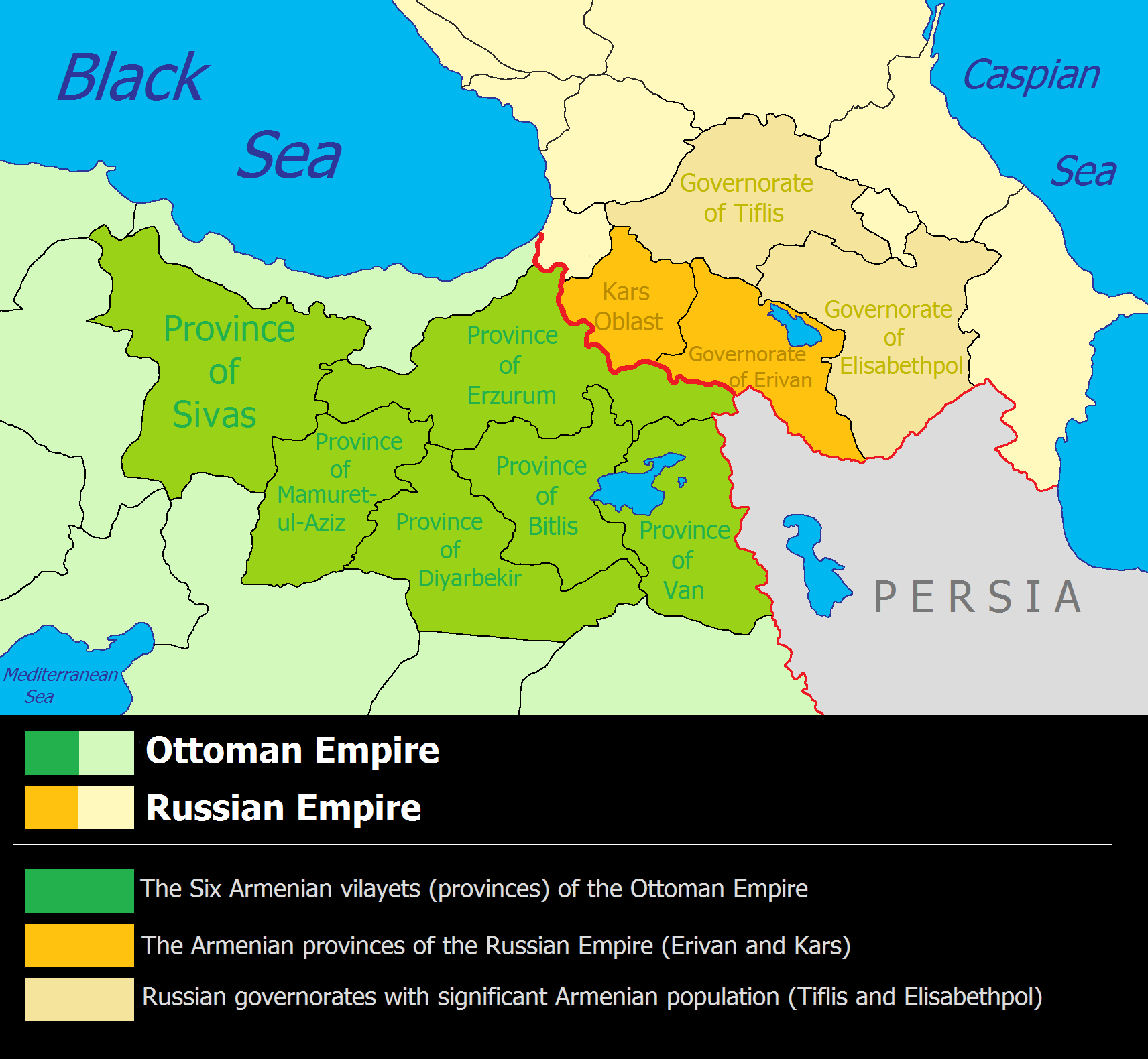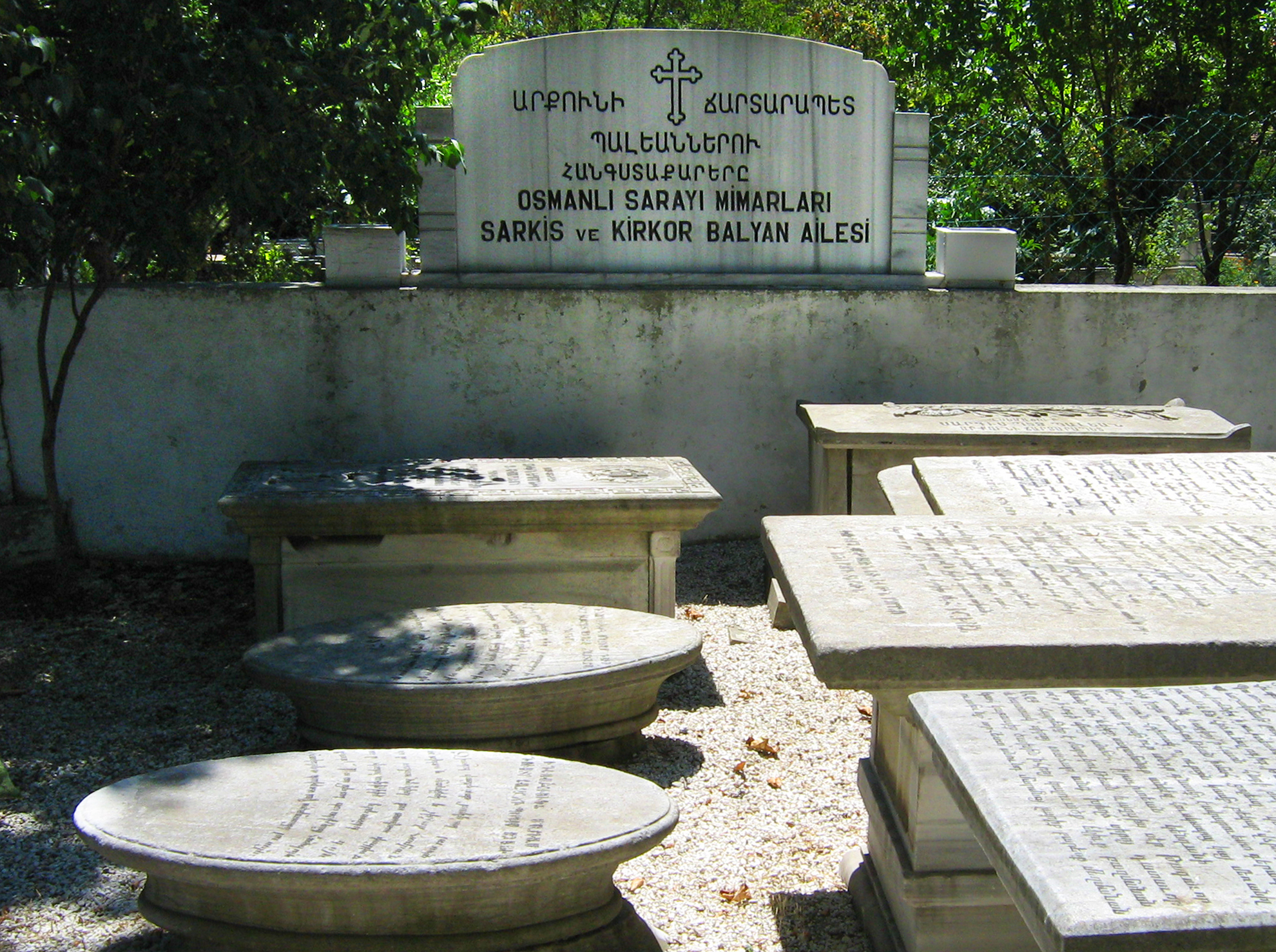|
Galatasaray Islet
The Galatasaray Islet () is a small island on the Bosphorus strait off Kuruçeşme neighbourhood in Istanbul, Turkey, owned by Galatasaray Sports Club. Being situated just north of the Bosphorus Bridge, its only accessible to Galatasaray members and their guests. Only from the European coast, the islet is reachable by free ferry service. From Autumn 2002 to July 2007 Galatasaray Islet has undergone massive construction works, resulting in its transformation into the entertainment and recreation centre that is now serving the Galatasaray community and Istanbul. That same year the constructions had been finished, on 4 October 2007, a fire broke out in a kitchen chimney and burnt down two restaurants and damaged four other premises on the islet. History In 1872, Ottoman sultan Abdülaziz (reigned 1861–1876) granted the islet to the Ottoman-Armenian court architect Sarkis Balyan (1835–1899), who erected a three-story house on it as his own residence. In 1874, during o ... [...More Info...] [...Related Items...] OR: [Wikipedia] [Google] [Baidu] |
Countries Of The World
The following is a list providing an overview of sovereign states around the world with information on their status and recognition of their sovereignty. The 205 listed states can be divided into three categories based on membership within the United Nations System: 193 member states of the United Nations, UN member states, two United Nations General Assembly observers#Current non-member observers, UN General Assembly non-member observer states, and ten other states. The ''sovereignty dispute'' column indicates states having undisputed sovereignty (188 states, of which there are 187 UN member states and one UN General Assembly non-member observer state), states having disputed sovereignty (15 states, of which there are six UN member states, one UN General Assembly non-member observer state, and eight de facto states), and states having a political status of the Cook Islands and Niue, special political status (two states, both in associated state, free association with New ... [...More Info...] [...Related Items...] OR: [Wikipedia] [Google] [Baidu] |
Armenians In The Ottoman Empire
Armenians were a significant minority in the Ottoman Empire. They belonged to either the Armenian Apostolic Church, the Armenian Catholic Church, or the Armenian Protestant Church, each church serving as the basis of a millet. They played a crucial role in Ottoman industry and commerce, and Armenian communities existed in almost every major city of the empire. The majority of the Armenian population made up a reaya, or peasant class, in Western Armenia. Since the latter half the 19th century, the Armenians of the Ottoman Empire sought more autonomy and protection in what was part of the Armenian Question. Armenians were persecuted by Ottoman authorities and their Kemalist successors, especially from the latter half of the 19th century, culminating in the Armenian Genocide. Background In the Byzantine Empire, the Armenian Church was not allowed to operate in Constantinople (Istanbul), because the Greek Orthodox Church regarded the Armenian Church as heretical. The Ott ... [...More Info...] [...Related Items...] OR: [Wikipedia] [Google] [Baidu] |
Restaurants In Istanbul
This is a list of notable restaurants in Istanbul. It includes a listing of notable cafés. Istanbul is the most populous city in Turkey. -(1): Closed in 2022 See also * List of Michelin-starred restaurants in Turkey {{Lists of restaurants Istanbul Istanbul is the List of largest cities and towns in Turkey, largest city in Turkey, constituting the country's economic, cultural, and historical heart. With Demographics of Istanbul, a population over , it is home to 18% of the Demographics ... Istanbul-related lists ... [...More Info...] [...Related Items...] OR: [Wikipedia] [Google] [Baidu] |
Islands Of Istanbul Province
This is a list of the lists of islands in the world grouped by country, by continent, by body of water A body of water or waterbody is any significant accumulation of water on the surface of Earth or another planet. The term most often refers to oceans, seas, and lakes, but it includes smaller pools of water such as ponds, wetlands, or more rare ..., and by other classifications. For rank-order lists, see the other lists of islands below. Lists of islands by country or location Africa Antarctica Asia Europe North America Oceania South America Lists of islands by continent Lists of islands by body of water By ocean: By other bodies of water: List of ancient islands Other lists of islands External links Island Superlatives {{South America topic, List of islands of * ... [...More Info...] [...Related Items...] OR: [Wikipedia] [Google] [Baidu] |
World War I
World War I or the First World War (28 July 1914 – 11 November 1918), also known as the Great War, was a World war, global conflict between two coalitions: the Allies of World War I, Allies (or Entente) and the Central Powers. Fighting took place mainly in European theatre of World War I, Europe and the Middle Eastern theatre of World War I, Middle East, as well as in parts of African theatre of World War I, Africa and the Asian and Pacific theatre of World War I, Asia-Pacific, and in Europe was characterised by trench warfare; the widespread use of Artillery of World War I, artillery, machine guns, and Chemical weapons in World War I, chemical weapons (gas); and the introductions of Tanks in World War I, tanks and Aviation in World War I, aircraft. World War I was one of the List of wars by death toll, deadliest conflicts in history, resulting in an estimated World War I casualties, 10 million military dead and more than 20 million wounded, plus some 10 million civilian de ... [...More Info...] [...Related Items...] OR: [Wikipedia] [Google] [Baidu] |
Dolmabahçe Palace
Dolmabahçe Palace ( ) is a 19th-century imperial palace located in Istanbul, Turkey, along the European shore of the Bosporus, which served as the main administrative center of the Ottoman Empire from 1856 to 1887 and from 1909 to 1922. History Dolmabahçe Palace was ordered by the empire's 31st sultan, Abdülmecid I, and built between the years 1843 and 1856. Previously, the sultan and his family had lived at the Topkapı Palace, but as the medieval Topkapı was lacking in contemporary style, luxury, and comfort, as compared to the palaces of the European monarchs, Abdülmecid decided to build a new modern palace near the site of the former Beşiktaş Sahil Palace, which was demolished. Hacı Said Ağa was responsible for the construction works, while the project was realized by architects Garabet Balyan, his son Nigoğayos Balyan and Evanis Kalfa (members of the Armenian Balyan family of Ottoman court architects). , the construction cost the equivalent of ca. US$3 bill ... [...More Info...] [...Related Items...] OR: [Wikipedia] [Google] [Baidu] |
Ivan Aivazovsky
Ivan Konstantinovich Aivazovsky (; ) was a Russian Romantic painter who is considered one of the greatest masters of marine art. Baptized as Hovhannes Aivazian, he was born into an Armenian family in the Black Sea port of Feodosia in Crimea and was mostly based there. Following his education at the Imperial Academy of Arts in Saint Petersburg, Aivazovsky traveled to Europe and lived briefly in Italy in the early 1840s. He then returned to Russia and was appointed the main painter of the Russian Navy. Aivazovsky had close ties with the military and political elite of the Russian Empire and often attended military maneuvers. He was sponsored by the state and was well-regarded during his lifetime. The saying "worthy of Aivazovsky's brush", popularized by Anton Chekhov, was used in Russia for describing something lovely. He remains highly popular in Russia in the 21st century. One of the most prominent Russian artists of his time, Aivazovsky was also popular outside the Russ ... [...More Info...] [...Related Items...] OR: [Wikipedia] [Google] [Baidu] |
Armenians In The Russian Empire
Russian Armenia is the period of Armenian history under Russian rule from 1828, when Eastern Armenia became part of the Russian Empire following Qajar Iran's loss in the Russo-Persian War (1826–1828) and the subsequent ceding of its territories that included Eastern Armenia per the out coming Treaty of Turkmenchay of 1828.Timothy C. Dowlin''Russia at War: From the Mongol Conquest to Afghanistan, Chechnya, and Beyond''pp 729 ABC-CLIO, 2 dec. 2014 Eastern Armenia remained part of the Russian Empire until its collapse in 1917. Background For hundreds of years, the inhabitants of Eastern Armenia lived under the rule of successive Iranian empires. Starting from the early 5th century B,C. up to 1828, Eastern Armenia was ruled by the Iranian Safavid, Afsharid dynasty, Afsharid, and Qajar dynasty, Qajar dynasties. Subsequent wars between the Ottoman and Safavid empires led to the destruction of many of the Armenian towns, and made Armenian life difficult. Added to this, the Chr ... [...More Info...] [...Related Items...] OR: [Wikipedia] [Google] [Baidu] |
Sarkis Balyan
The Balyan family (; ) was a prominent Armenian family in the Ottoman Empire of court architects in the service of Ottoman sultans and other members of the Ottoman dynasty during the 18th and 19th centuries. For five generations, they designed and constructed numerous major buildings in the Ottoman Empire, including palaces, mansions, konaks, kiosks, yalis, mosques, churches, and various public buildings, mostly in Constantinople (present-day Istanbul). Ancestors Bali the Mason Bali or Balen the Mason ( or ''Meremmetçi Balen Kalfa''), a masonry craftsman from the Belen village of Karaman in central Anatolia, was the founder of the dynasty. He moved to Istanbul, where he learned of an Armenian palace architect of Sultan Mehmed IV (1648–1687), whom he met and replaced, being Armenian himself. When Bali died in 1725, his son Magar took his place as architect at the sultan's court. Magar the Architect Magar the Architect () was charged with important projects and was co ... [...More Info...] [...Related Items...] OR: [Wikipedia] [Google] [Baidu] |
Abdülaziz
Abdulaziz (; ; 8 February 18304 June 1876) was the sultan of the Ottoman Empire from 25 June 1861 to 30 May 1876, when he was 1876 Ottoman coup d'état, overthrown in a government coup. He was a son of Sultan Mahmud II and succeeded his brother Abdulmejid I in 1861. Abdulaziz's reign began during the Ottoman Empire's resurgence following the Crimean War and two decades of the Tanzimat reforms, though it was still reliant on European capital. The decade after his accession was dominated by the duo of Mehmed Fuad Pasha, Fuad Pasha and Mehmed Emin Âli Pasha, Aali Pasha, who accelerated reorganization of the Empire. The Vilayet Law was promulgated, Western codes were applied to more aspects of Law of the Ottoman Empire, Ottoman law, and the Millet (Ottoman Empire), millets were restructured. The issue of Tanzimat Dualism (politics), dualism continued to plague the empire, however. He was the first Ottoman sultan who traveled to Western Europe in a diplomatic capacity, visiting a n ... [...More Info...] [...Related Items...] OR: [Wikipedia] [Google] [Baidu] |
Time In Turkey
In Turkey, time is given by UTC+03:00 year-round. This time is also called Turkey Time (TRT). The time at most is the same as in the Moscow Time and Arabia Standard Time zones. TRT was adopted by the Turkish Government on 8 September 2016. It was also in use in Northern Cyprus until it reverted to Eastern European Time (EET) in October 2017. During some seasons (March–October), the TRT coincides with the Eastern European Summer Time (the daylight-saving version of the Eastern European Time). The IANA time zone identifier for Turkey is Europe/Istanbul. History Until 1927, "Turkish time" (or '' alla turca'' time or ''ezânî'' time) referred to the system of setting the clocks to 12:00 midnight at sunset. This necessitated adjusting the clocks daily, although tower clocks were only reset two or three times a week, and the precise time varied from one location to another depending on latitude and longitude. The day was divided into two 12-hour periods, with the second 12: ... [...More Info...] [...Related Items...] OR: [Wikipedia] [Google] [Baidu] |







